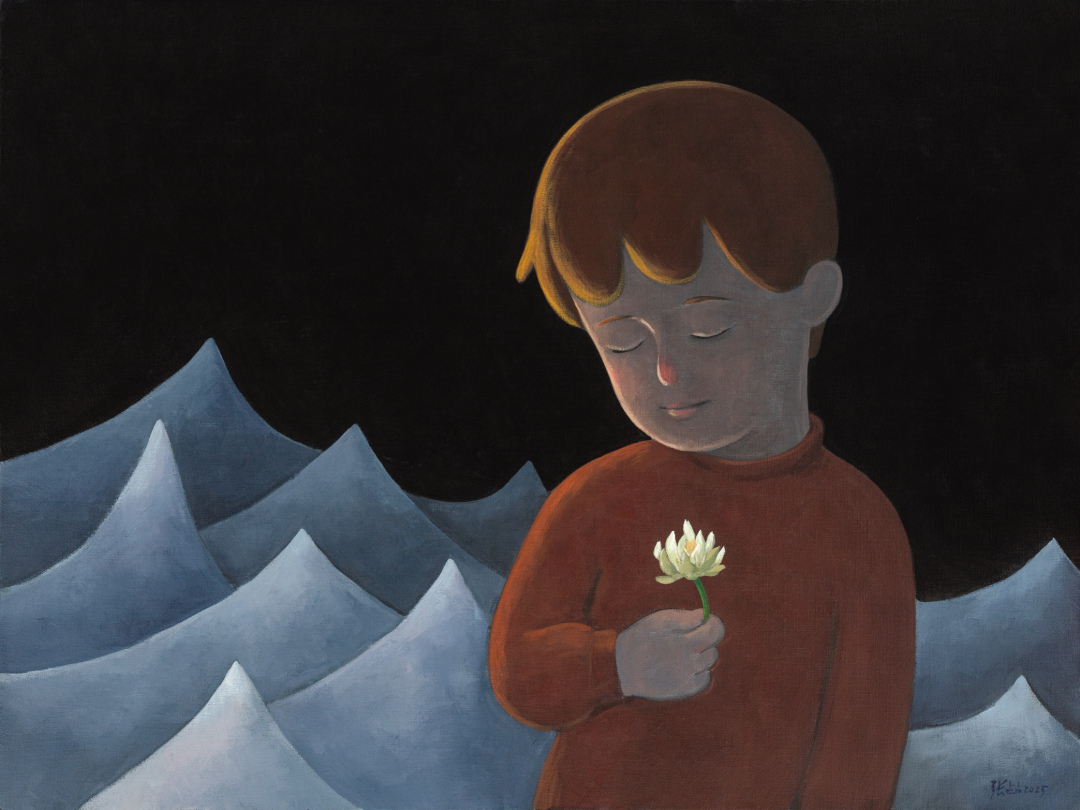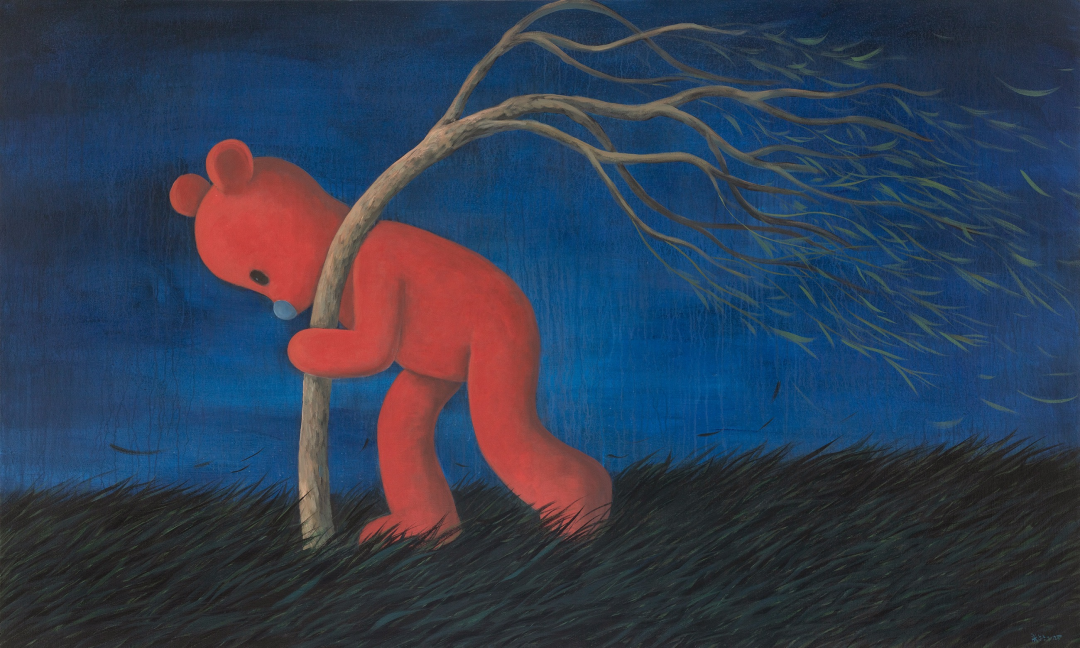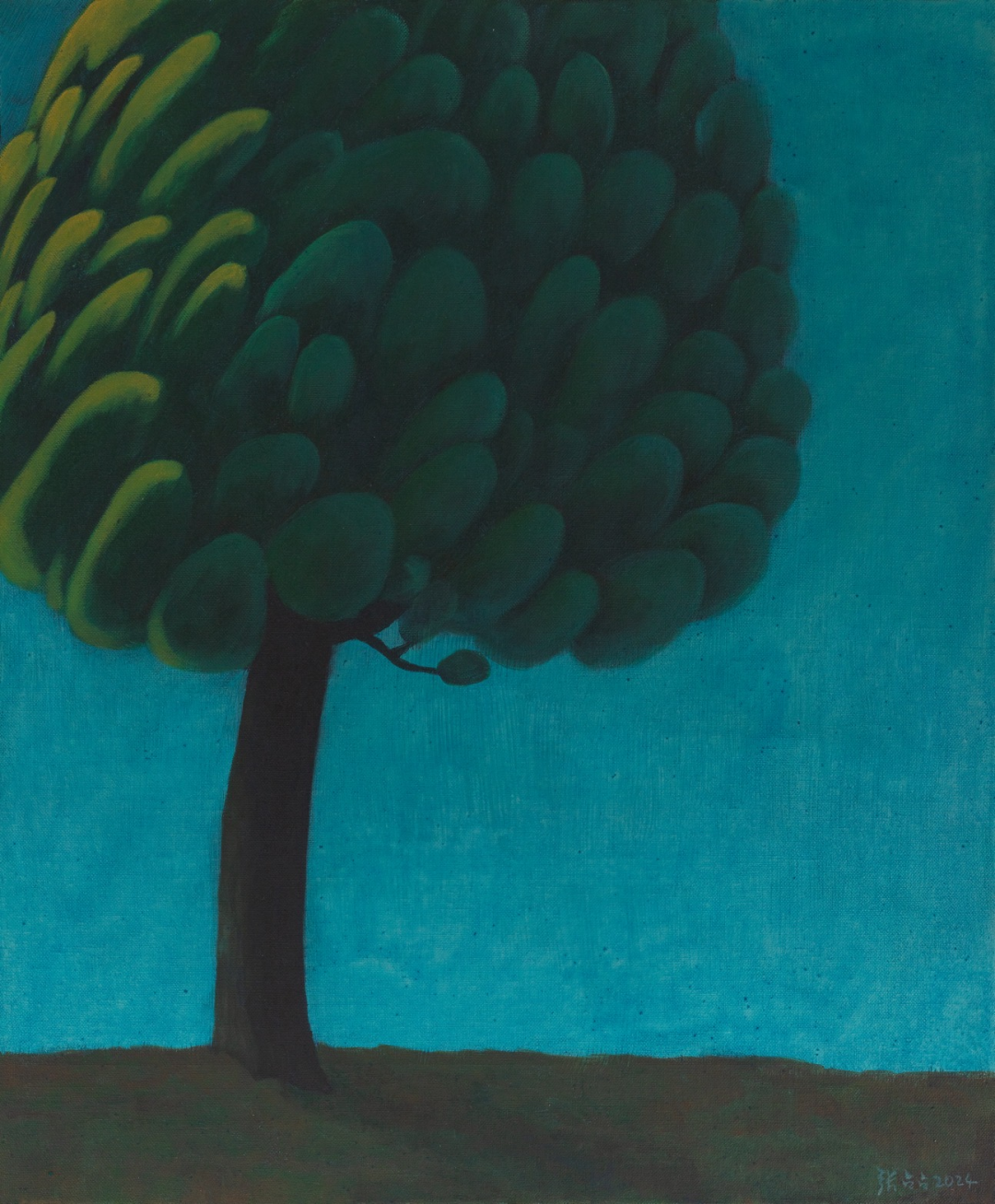


Gleanings from Shimmering Light” by Zhang Zhanzhan: Topology of Contemporary Emotions
Preface:
In the digital age we inhabit, where human experience is ruthlessly compressed into data streams and perceptual faculties gradually deteriorate, Zhang Zhanzhan's art emerges like a gentle guerrilla campaign. With the patience akin to anthropological fieldwork, he remaps the atrophy and revival of contemporary emotional sensibilities. IP characters such as PUPU Bear and Rabbit YOYO, seemingly childlike, are in fact a visual ethnography of "perceptual degeneration," offering a new survival paradigm for contemporary art. Through these works, Zhang Zhanzhan seeks to trace the past, reclaiming those nearly forgotten moments of innocence and beauty, allowing viewers to rediscover inner peace and warmth amidst the clamor of modern society.
Zhang Zhanzhan's creations consistently harbor a profound gaze upon "materiality." The various images he crafts are less a reinvention of cartoon figures and more a subtle resistance to the logic of industrial production. This emotional translation of natural elements not only continues the ancient Chinese tradition of "investigating things to extend knowledge" but also resonates with what Walter Benjamin termed the "aura in the age of mechanical reproduction." In an era where digital images can proliferate infinitely, only material existence can awaken the ache of perception. Each warm and healing image preserves material testimony to the emotional fractures of contemporary life, proving that we have not entirely lost the capacity to feel pain—and this pain is the seed of artistic rebirth.
His works are often labeled as "healing-oriented Eastern aesthetics," but such reductive readings inevitably obscure the complex tensions within his creations. The iconic red and black color palette indeed evokes traditional motifs of lacquerware or paper-cutting, yet their formal logic stems from the wave of cute culture spawned by global capitalism, infused with the artist's unique sensibilities. This hybridity is emblematic of the symptomatic condition of Chinese contemporary art: in the tug-of-war between cultural identity and global grammar, artists must invent new visual syntaxes.
Faced with the spectacle of social media-driven exhibition frenzies, where various art IPs flood our social feeds, our responsibility is not to join this empathy carnival but to dissect the cognitive mechanisms behind it: are the stirrings of inner thoughts a revival of aesthetic experience or the result of algorithmically calculated emotional delivery? Zhang Zhanzhan's work reminds us that art does not grow in a vacuum; it must engage directly with reality, endure the scrutiny of virality, and find its legitimacy in the most genuine emotional resonances of the public. Yet, true avant-garde is not the sharp edge of deconstruction but the guarding of a heart that can bend for dewdrops.
Zhang Zhanzhan often describes himself as "introverted," yet his works exhibit a compelling occupation of public space, a contradiction that is utterly fascinating. In his imagery, figures are invariably solitary: a boy chasing hares and digging stones in the mountains, a little red bear planting trees alone in the forest, a girl fearless in the face of storms, a child overjoyed by the ascent of fireworks... These moments of solitude are fragments of the artist's childhood memories, and more so, the forgotten innocence and loneliness buried deep within each of us. Confronting these works, viewers require not just courage but sincerity. For in his art, what we see is no longer merely the artist's technique but the hidden true selves reflected by the themes, and the deep, warm emotions that time has obscured yet still endure.
Upon the ruins of postmodern meaning collapse, true contemporary art should serve as a vernier caliper recalibrating our perceptual dimensions. Zhang Zhanzhan's audience may be experiencing what Benjamin referred to as the moment of "dialectical images": the childlike visual language suddenly tears through the surface of reality, revealing the scars of alienated perception. These scars are both a curse and a hope. The value of Zhang Zhanzhan's art lies precisely in his profound tracing of human emotional memory. His works are akin to a meticulous ethnographic archive, documenting those emotional moments buried by time. These pieces are not merely a glance backward but a mending of present emotional ruptures. In their simple and authentic manner, they preserve the warmth and texture of human emotions, standing as the last bastion against the perfectionism of the digital age.



